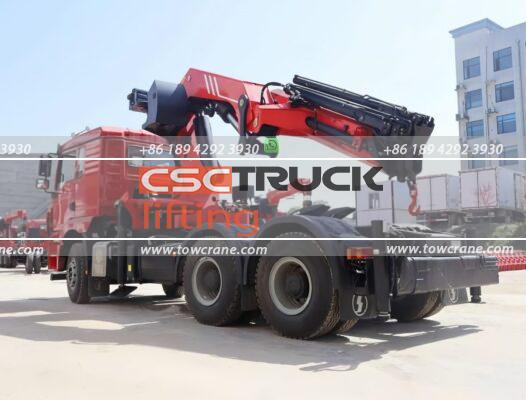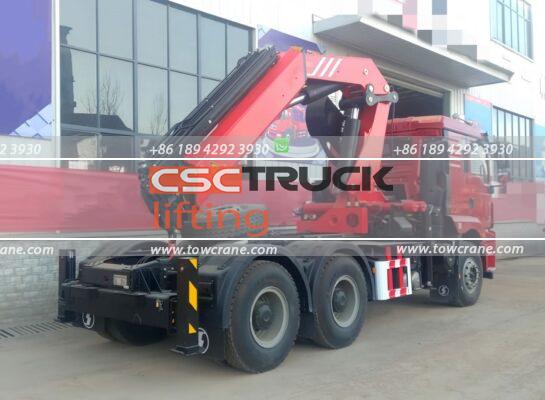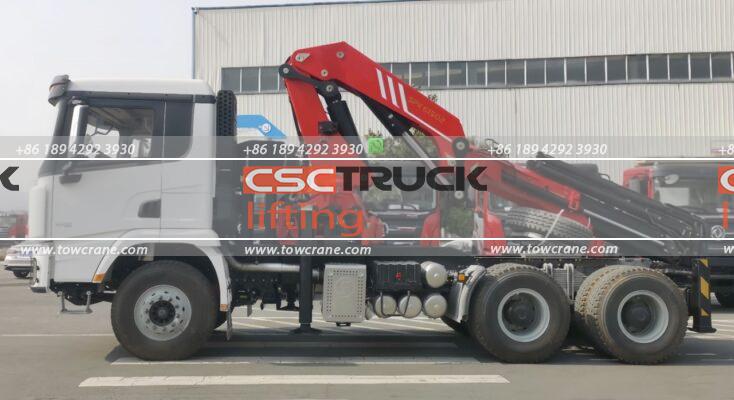As winter approaches, it’s important for vilkikas owners to prepare their vehicles for the cold season. Winter often brings increased vehicle accidents and challenging conditions, making maintenance and readiness crucial. Here are some common winter issues for vilkikass and practical solutions to address them:

1. Why does the engine RPM seem higher?
In cold winter weather, some drivers may notice that the engine RPM appears significantly higher, sometimes reaching 1,700 RPM or more. This is a normal phenomenon. Cold temperatures cause the engine to work harder to reach optimal operating conditions. Engine RPMs may even reach 2,000 RPM in very cold conditions. To mitigate this, allow the engine to idle for a few minutes before driving in the morning. This helps the engine reach its normal operating temperature, allowing the lubricating oil to fully coat all parts and minimize wear.
2. How often should you replace the engine coolant?
Maintaining proper engine coolant levels is crucial in winter. Antifreeze should be replaced according to schedule to ensure it continues to protect the engine. It’s recommended to change the antifreeze at least every two years. If using a mixed antifreeze, it should be replaced every six months. Avoid mixing different brands or types of antifreeze, as this can harm the engine. Proper antifreeze levels and quality help prevent freezing and overheating issues.
3. Have you performed engine lubrication and cleaning?
Cold temperatures can cause engine oil to thicken, which increases wear and can make starting the engine difficult. If the engine oil has been in use for a long time, appears dark, or lacks proper adhesion, it should be replaced to ensure smooth engine start-up in winter. Regular oil changes are crucial, and the oil filter should also be checked and replaced if necessary. In colder northern regions, using multi-grade oil is recommended, while in warmer southern areas, regular oil changes may suffice. Papildomai, the engine intake system should be cleaned regularly to prevent issues like excessive carbon buildup, which can lead to engine vibration and increased fuel consumption. Cleaning the throttle body and intake valves helps maintain efficient engine operation.

4. What about the tire conditions?
Winter weather can severely affect tire performance. Check the tire pressure regularly, as cold temperatures can cause it to drop, affecting traction and safety. It’s also wise to use winter tires with deeper treads designed to handle icy and snowy conditions better. Inspect tires for signs of wear and ensure they are properly inflated to maintain optimal grip and handling.
5. How should you prepare the battery?
Cold weather can reduce a battery’s efficiency and increase the risk of failure. Check the battery charge and connections regularly. Clean any corrosion from the battery terminals and ensure they are tight. In extremely cold conditions, consider having the battery tested for its capacity and replacing it if it shows signs of weakness.
6. Are the brakes in good condition?
Proper brake maintenance is crucial during winter. Cold temperatures can affect brake fluid and performance. Check the brake fluid level and condition, and ensure there are no leaks in the braking system. Also, inspect the brake pads and rotors for wear and replace them if necessary to ensure reliable braking performance.

7. How should you address the heating system?
A functional heating system is essential for comfort and defrosting the windshield. Ensure the heater and defroster are working correctly before the winter season begins. Check the heater core and coolant levels to make sure they are in good condition, as these components are crucial for maintaining visibility and comfort in cold weather.
Preparing your vilkikas for winter involves a comprehensive approach to maintenance and readiness. By addressing these common issues, you can help ensure that your vilkikas remains reliable and safe throughout the colder months.









